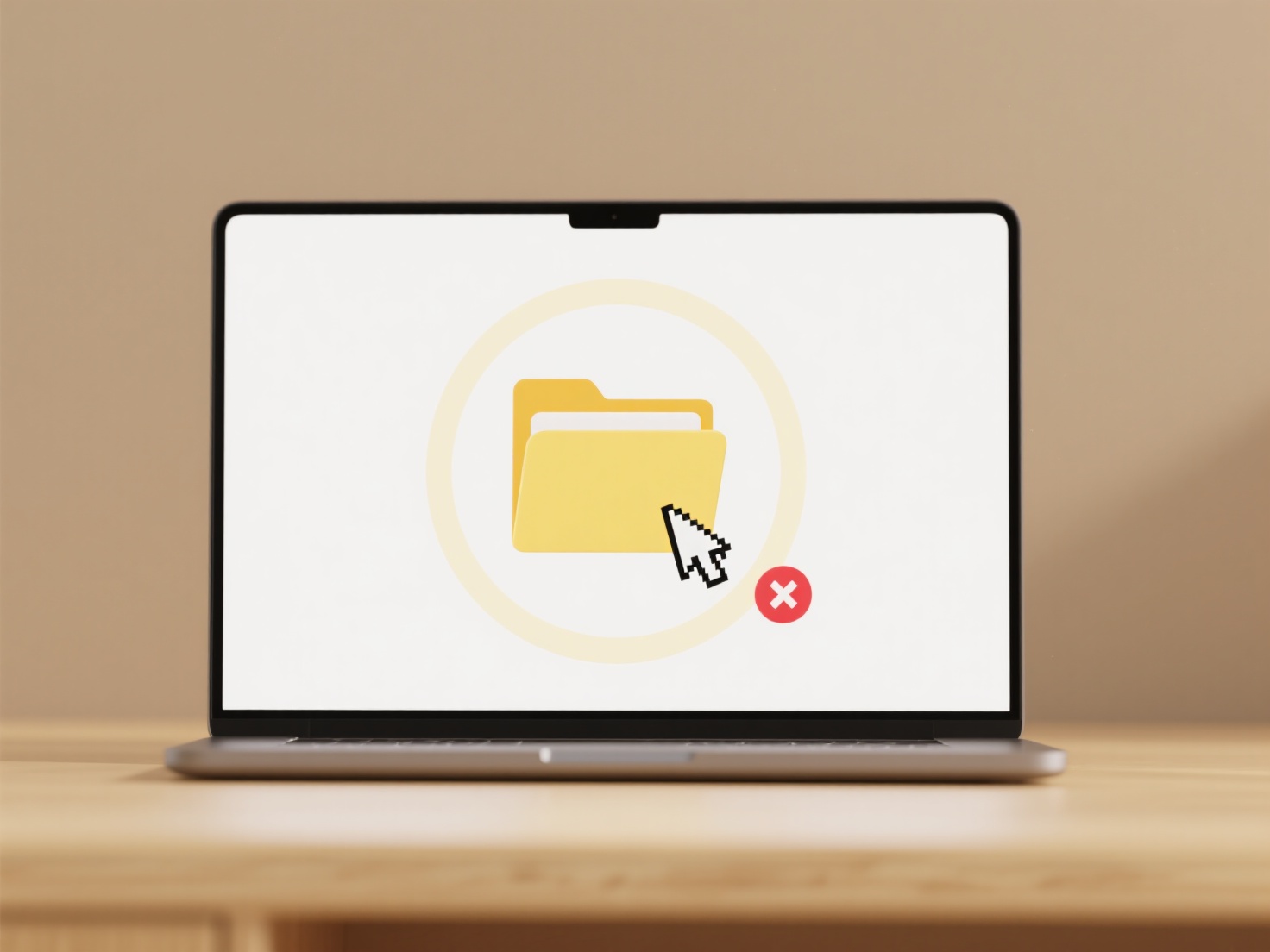
Determining your printer's supported formats means identifying the file types it can process, such as PDF, JPG, or DOCX. These formats represent how data is structured for the printer to understand. Format support is distinct from resolution or color capability; it specifically relates to the file types your printer driver can interpret correctly. Knowing this helps avoid errors where the printer fails to print a document because it doesn't recognize the file type.

Consult your printer's official documentation or the manufacturer's website for the model's specifications page, which explicitly lists supported file formats. Alternatively, look in your computer's print dialog box (like the one opened from the File > Print menu) where options for specific document formats may be displayed or filtered based on compatibility. Offices commonly rely on universally supported PDF for reports, while home users printing photos focus on JPEG/PNG compatibility through image viewing software or directly via memory cards.
Key advantages include smooth operation and avoiding wasteful print attempts. Limitations often involve niche proprietary formats or older drivers misinterpreting complex PDF features. Choosing printers supporting common formats like PDF ensures wider usability across documents. Always verify format support before purchasing a printer for specialized tasks.
How do I know which format my printer supports?
Determining your printer's supported formats means identifying the file types it can process, such as PDF, JPG, or DOCX. These formats represent how data is structured for the printer to understand. Format support is distinct from resolution or color capability; it specifically relates to the file types your printer driver can interpret correctly. Knowing this helps avoid errors where the printer fails to print a document because it doesn't recognize the file type.

Consult your printer's official documentation or the manufacturer's website for the model's specifications page, which explicitly lists supported file formats. Alternatively, look in your computer's print dialog box (like the one opened from the File > Print menu) where options for specific document formats may be displayed or filtered based on compatibility. Offices commonly rely on universally supported PDF for reports, while home users printing photos focus on JPEG/PNG compatibility through image viewing software or directly via memory cards.
Key advantages include smooth operation and avoiding wasteful print attempts. Limitations often involve niche proprietary formats or older drivers misinterpreting complex PDF features. Choosing printers supporting common formats like PDF ensures wider usability across documents. Always verify format support before purchasing a printer for specialized tasks.
Quick Article Links
Will renaming break file references in other apps?
Renaming a file changes its original name and full path location. Other applications referencing that file typically rel...
Why is my renamed file not syncing across cloud devices?
Cloud file sync updates file changes across devices using your cloud account. Renaming is a metadata change rather than ...
What happens when I delete a cloud-synced file locally?
When you delete a cloud-synced file from your local device (like your laptop folder synced to Dropbox or Google Drive), ...